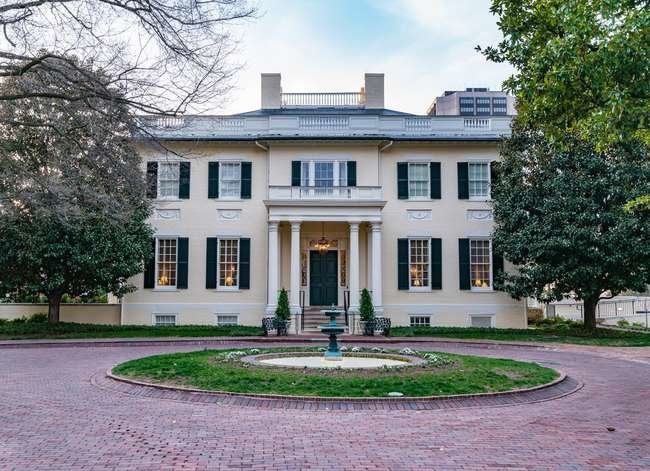We may earn revenue from the products available on this page and participate in affiliate programs. Learn More ›
Alabama Governor's Mansion in Montgomery
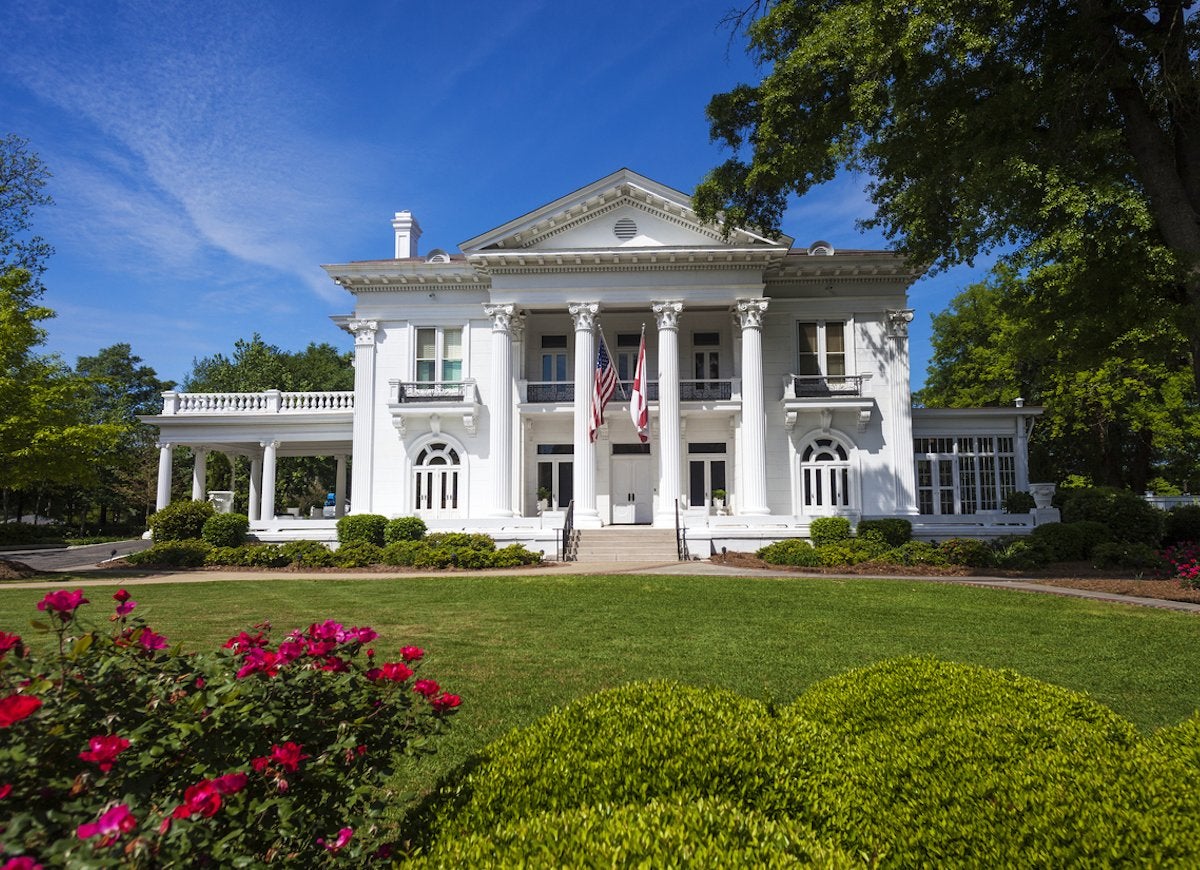
With an elegant portico and wrought-iron balcony, this 17-bedroom mansion has housed Alabama’s state leader since 1951, when Governor Gordon Persons moved in. But the neoclassical revival nest was actually built for someone else and wasn’t scooped up by the state until 1950—for the fire-sale price of $100,000.
Related: America’s 50 Most Famous Houses
Historic Governor's Mansion of California in Sacramento
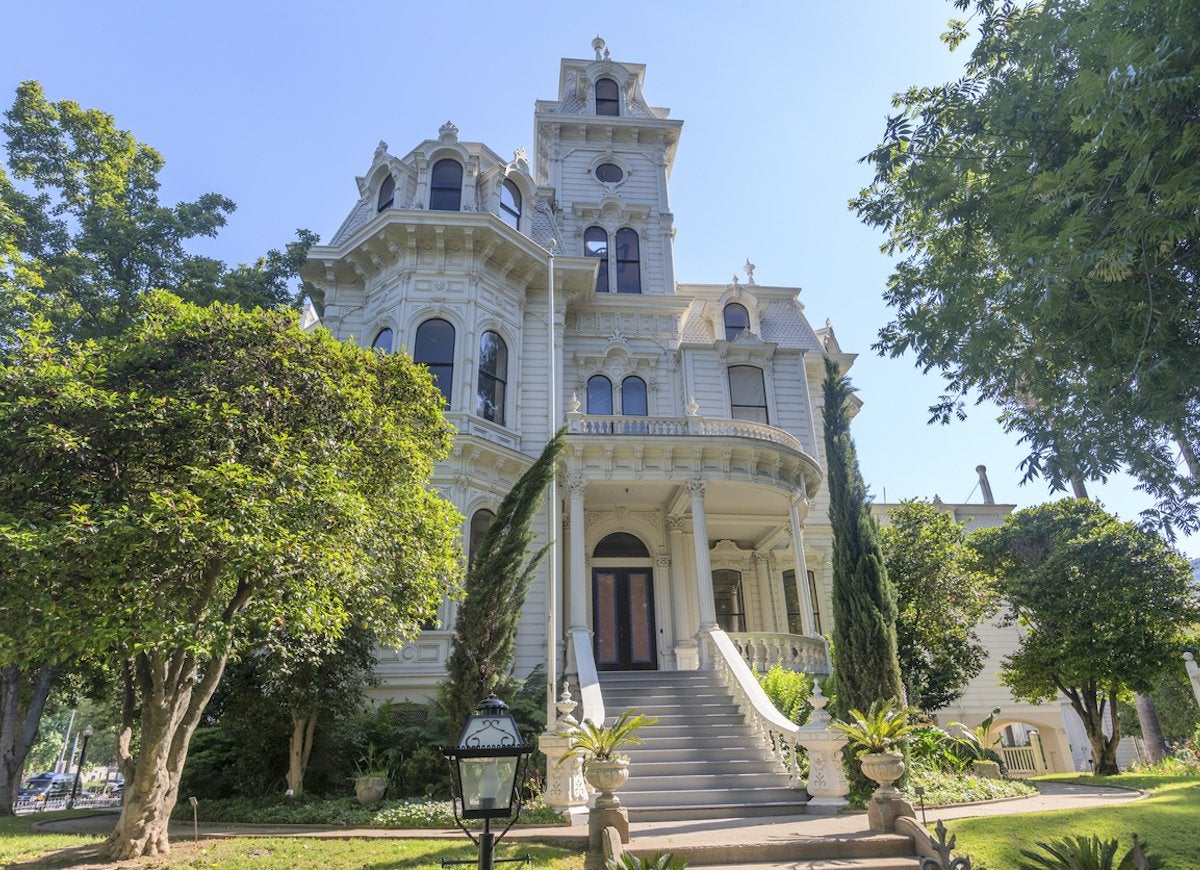
The Second Empire Italianate-style exterior of California’s governor’s crib isn’t its only holdover from another era. In the 30-room interior, you’ll find eclectic furnishings chosen by leaders past, from Governor Earl Warren’s Persian rugs to Governor George Pardee’s Steinway piano.
Colorado Governor's Mansion in Denver
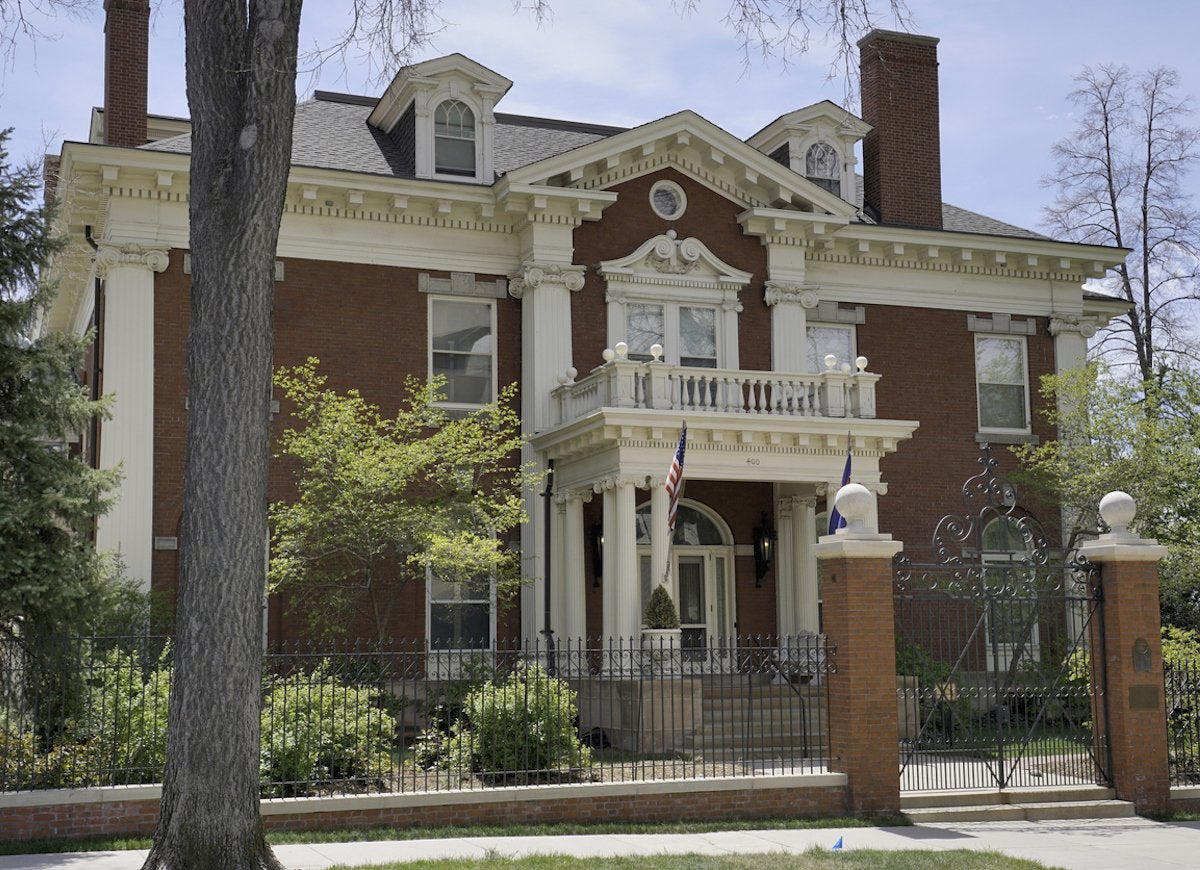
Before he assumed office, current Colorado governor John Hickenlooper reportedly offered to let some of his out-of-town staffers stay at the official governor’s residence. While this arrangement sounds pretty cramped, they would have actually have had plenty of room to spare, because the Georgian Revival home, which sits on an acre of artfully landscaped grounds, was designed to accommodate two families.
Related: 7 Companies That Want to Help Their Employees Buy a House
Illinois Executive Mansion in Springfield
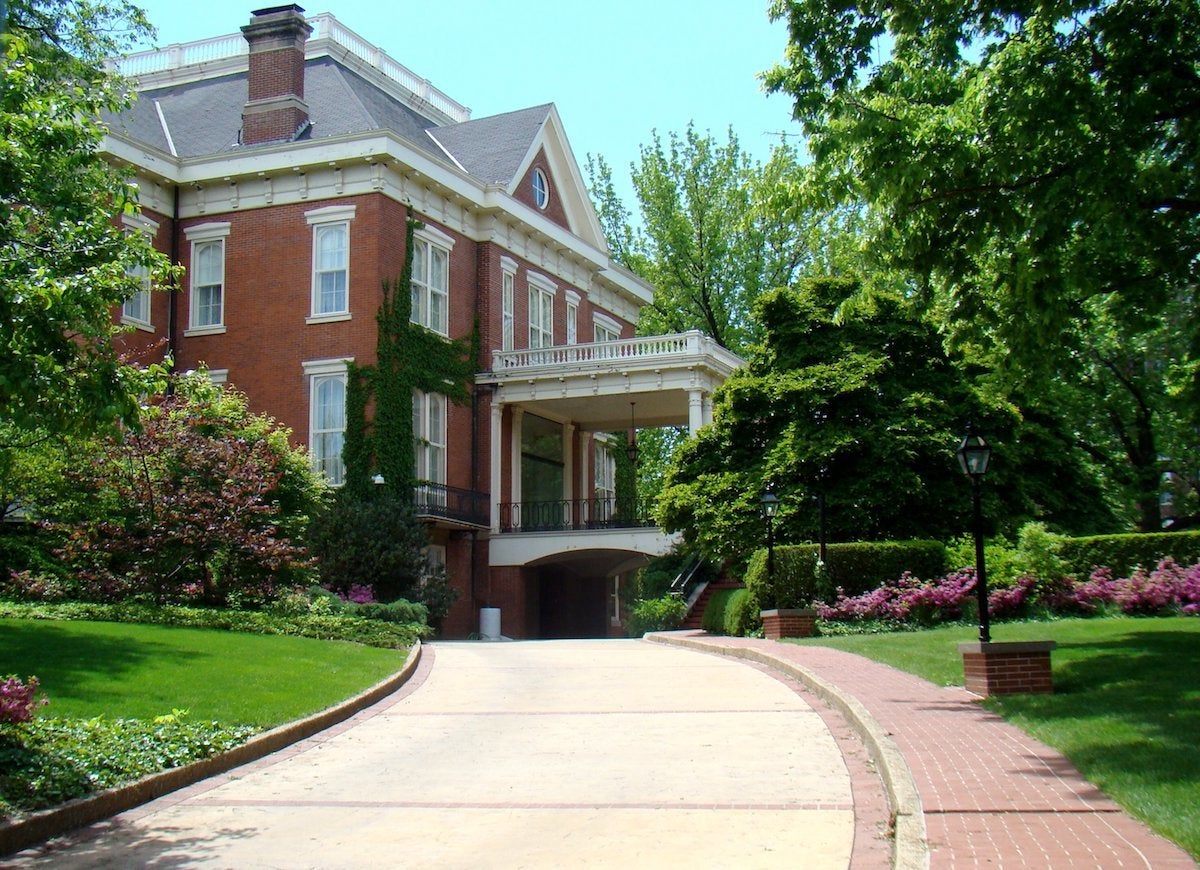
flickr.com via Katherine Johnson
Although the Illinois Executive Mansion lies in close proximity to other historic homes, including the Dana-Thomas House and the Vachel Lindsay Home, you’ll have an easy time distinguishing the mansion during the holiday season. That’s because more than a dozen Christmas trees light up the Illinois governor’s residence every winter.
Related: 18 American Towns Every Old-House Lover Needs to See
Terrace Hill in Des Moines, Iowa
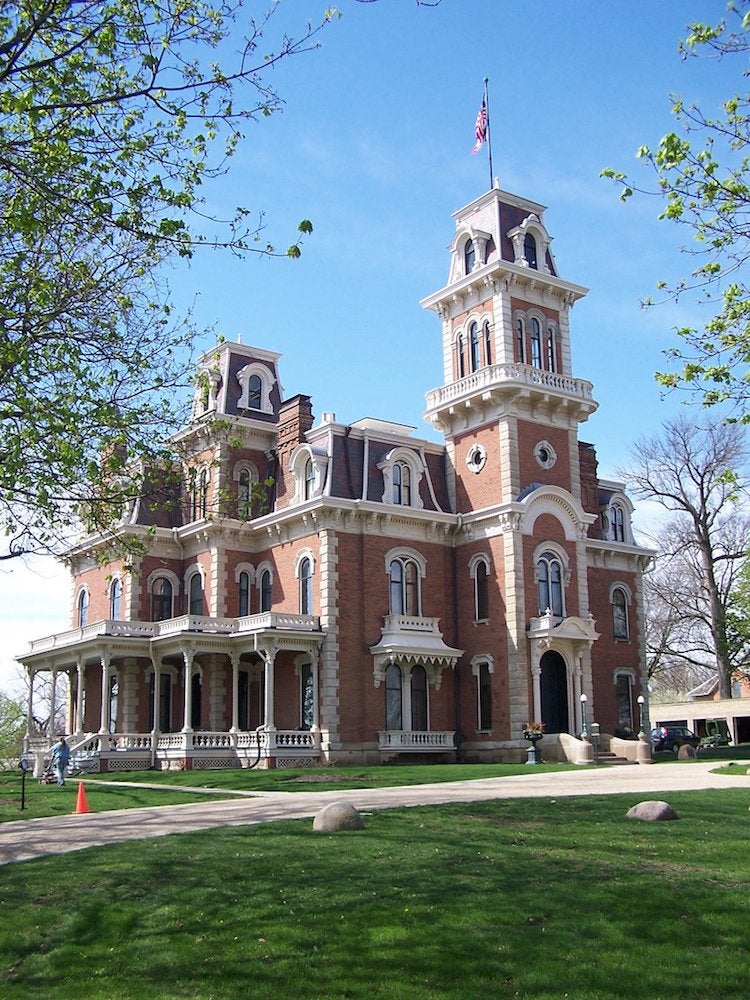
flickr.com via J. Stephen Conn
Of all the objects that reside in the Iowa governor’s mansion, a Second Empire structure overlooking downtown Des Moines, one piece of furniture garners the most attention: the low-slung leather chair in the library, built to accommodate the home’s second owner, F.M. Hubbell, who stood at a petite 5’1″.
Related: 15 100-Year-Old Houses That Haven’t Aged a Day
Kentucky Governor's Mansion in Frankfort
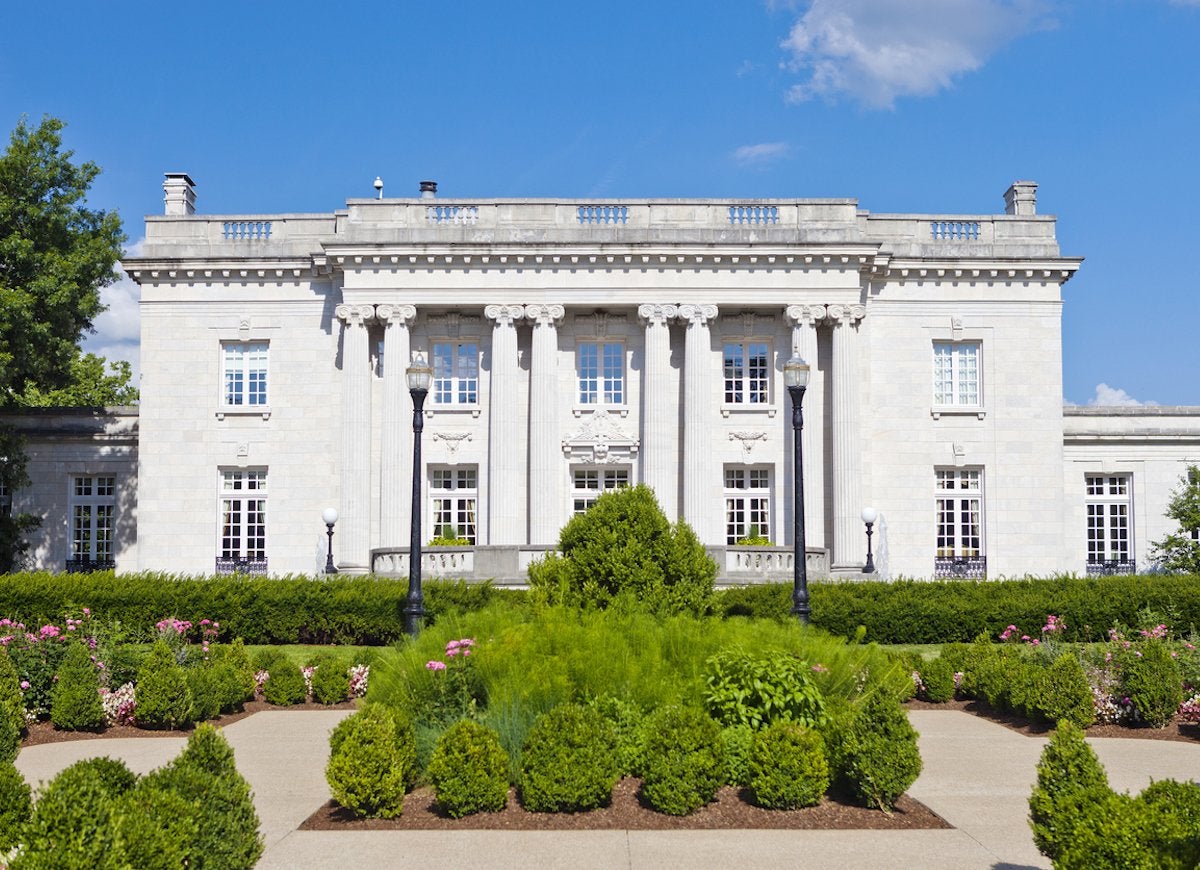
When the Kentucky state legislature secured the funds for the construction of a governor’s mansion in 1912, it set a major architectural challenge for the builders: the mansion had to be constructed with native stone from Kentucky’s quarries. The facade, balustrade, and terrace of the Beaux-Arts mansion showcase the “homegrown” material to this day.
Government House in Annapolis, Maryland
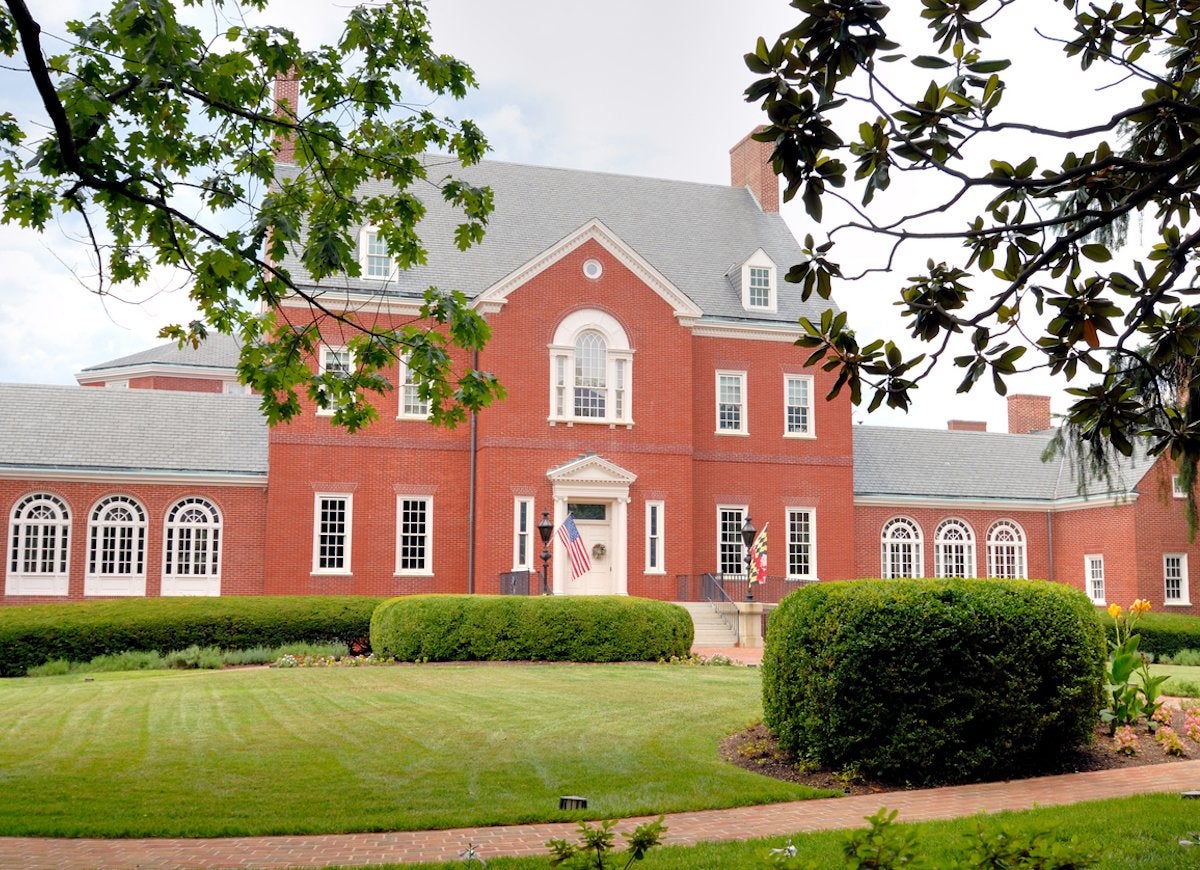
The Maryland governor’s residence is chock-full of creative history. A number of luminaries, including Mark Twain and Sugar Ray Leonard, visited the mansion over the years, and paintings by such influential artists as Charles Wilson Peale, Francis Guy, and Alice Worthington Ball line the walls of the estate.
Related: 21 Crazy But True Facts About the White House
Minnesota Governor's Residence in Saint Paul
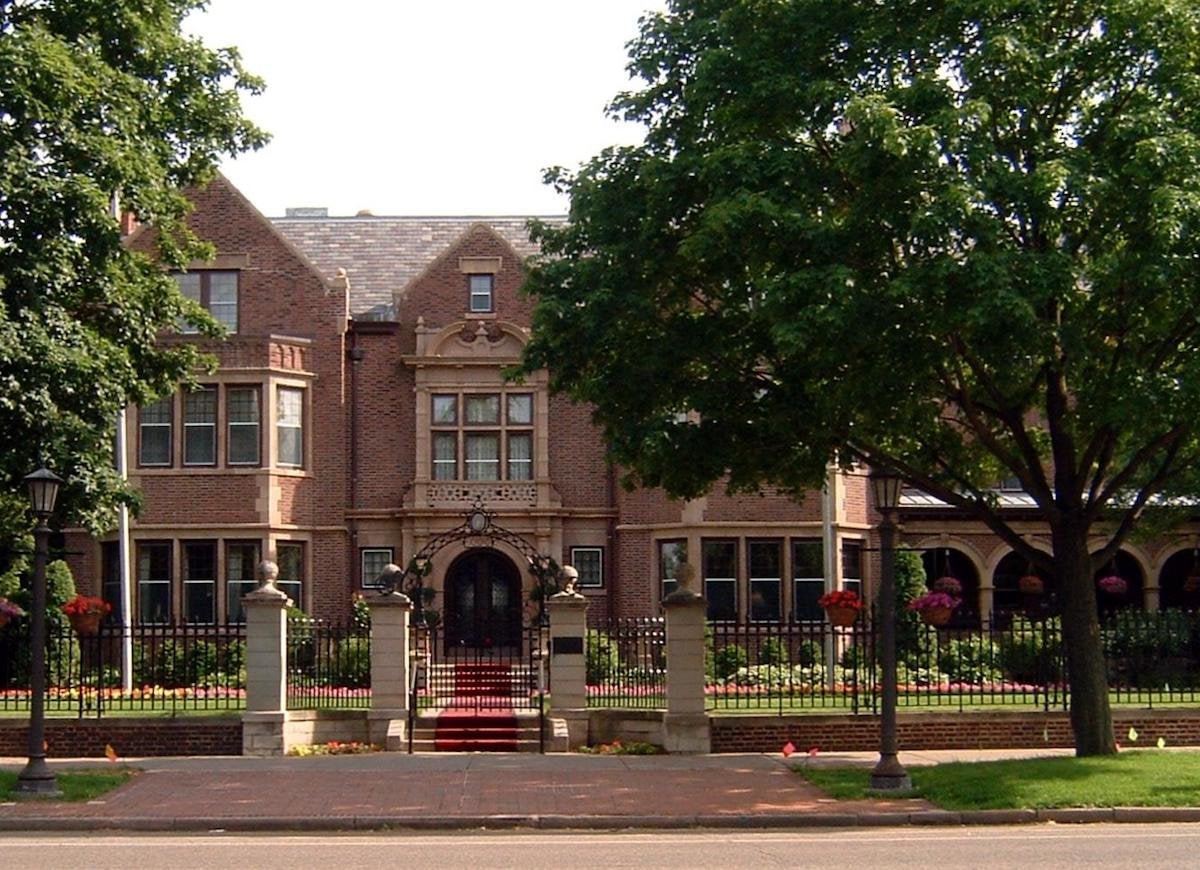
Wikimedia Commons via Mulad
Unlike the many governor’s mansions that were bought by the state from private owners, Minnesota’s was donated to the people by the daughters of the original owner, Horace Irvine. The Minnesota state legislature had to pass a law in 1965 to accept the donation, but the palatial 20-room, 16,000-square-foot Tudor-style home has served as the official residence of the Minnesota governor ever since.
Related: The 20 Friendliest Cities in America
Missouri Governor's Mansion in Jefferson City
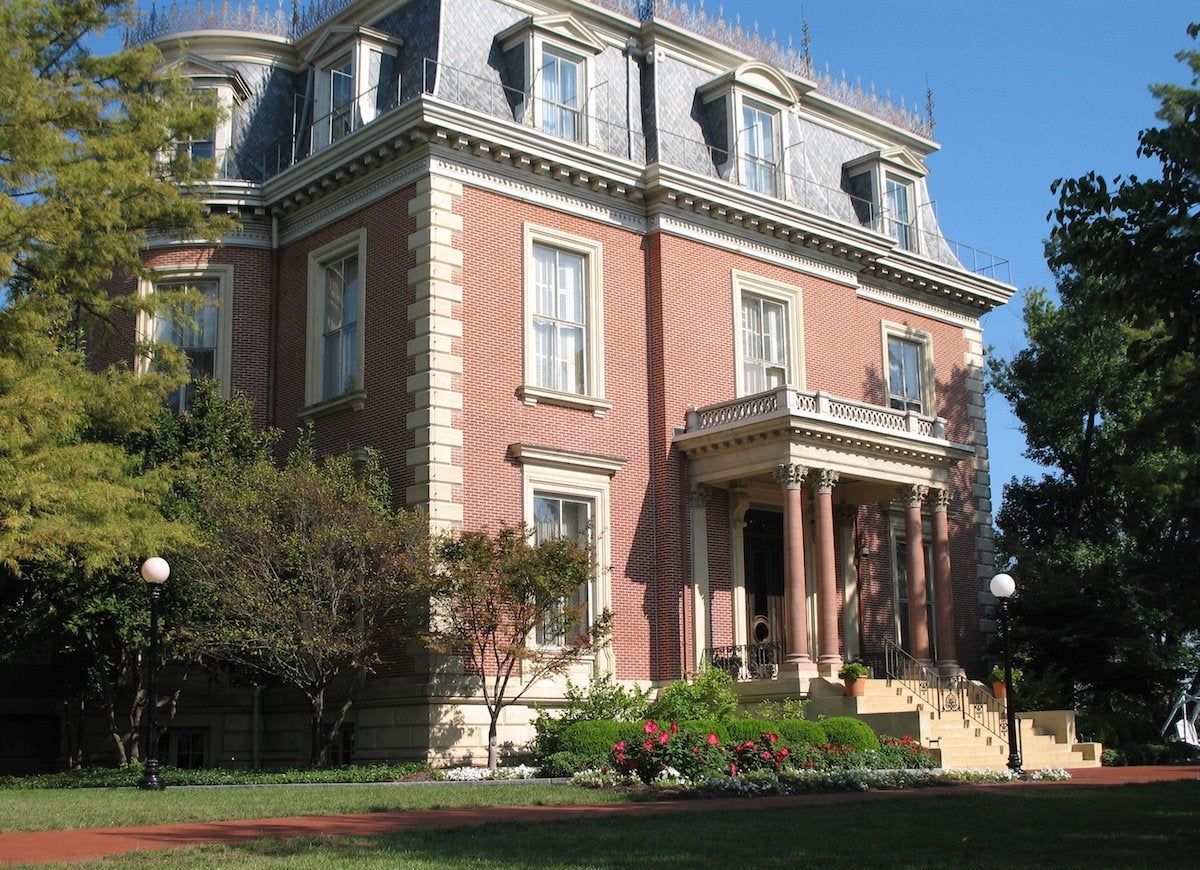
Wikimedia Commons via
Yassie
Missouri’s second governor, Daniel Dunklin, balked at the prospect of moving into the original governor’s residence, completed in 1826. This prompted the construction of a second governor’s mansion that was severely damaged by fire in the 1840s. By the early 1870s, so many feared stepping into the unlucky residence that a third and final three-story red brick mansion was built to house future governors.
Related: 16 Iconic American Homes Torn Down Before Their Time
Drumthwacket in Princeton, New Jersey
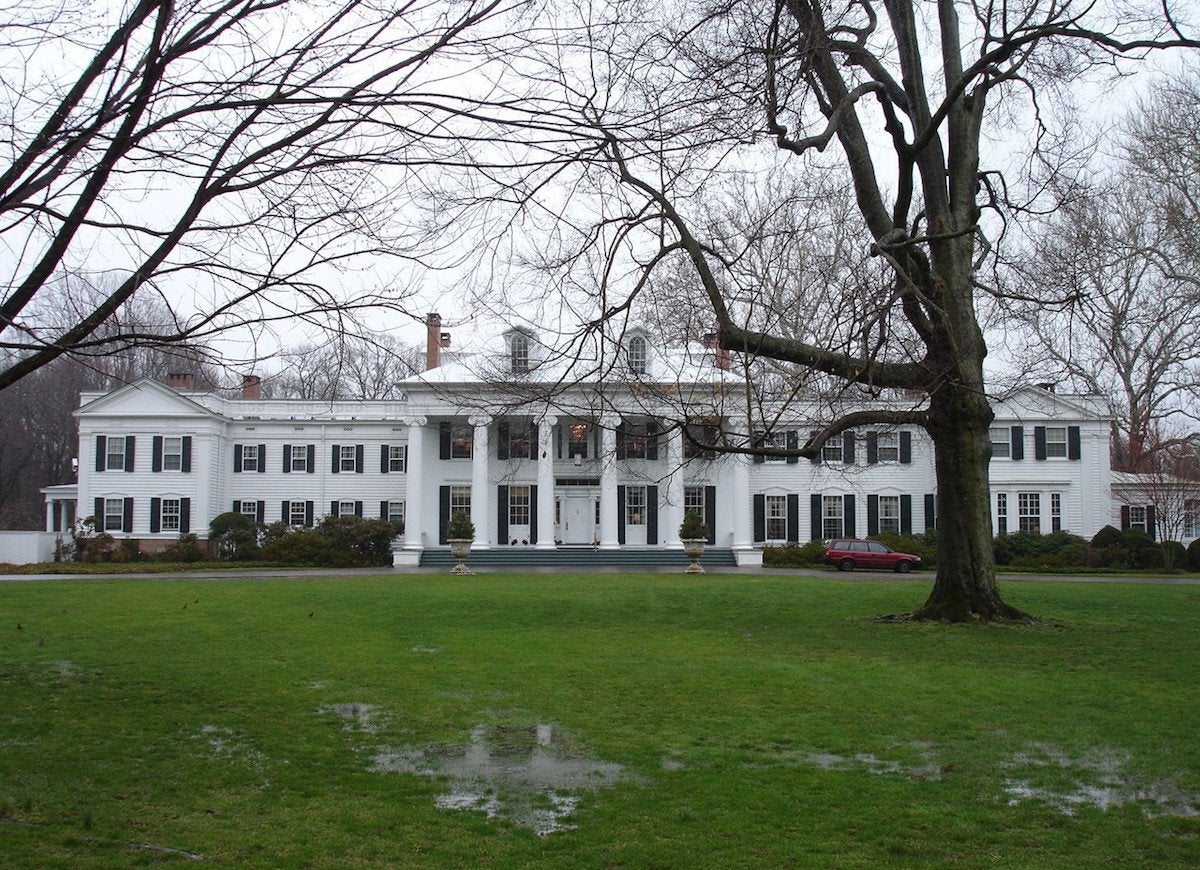
Wikimedia Commons via Gridge
Its oddball moniker aside, Drumthwacket distinguishes itself among other gubernatorial residences as being one of four not situated in the state capital. Instead, the Greek Revival executive mansion and historic house museum sits in Princeton, roughly 13 miles north of the state’s capital, Trenton.
Related: 13 Homes from the Original Colonies That Still Stand Today
New York State Executive Mansion in Albany
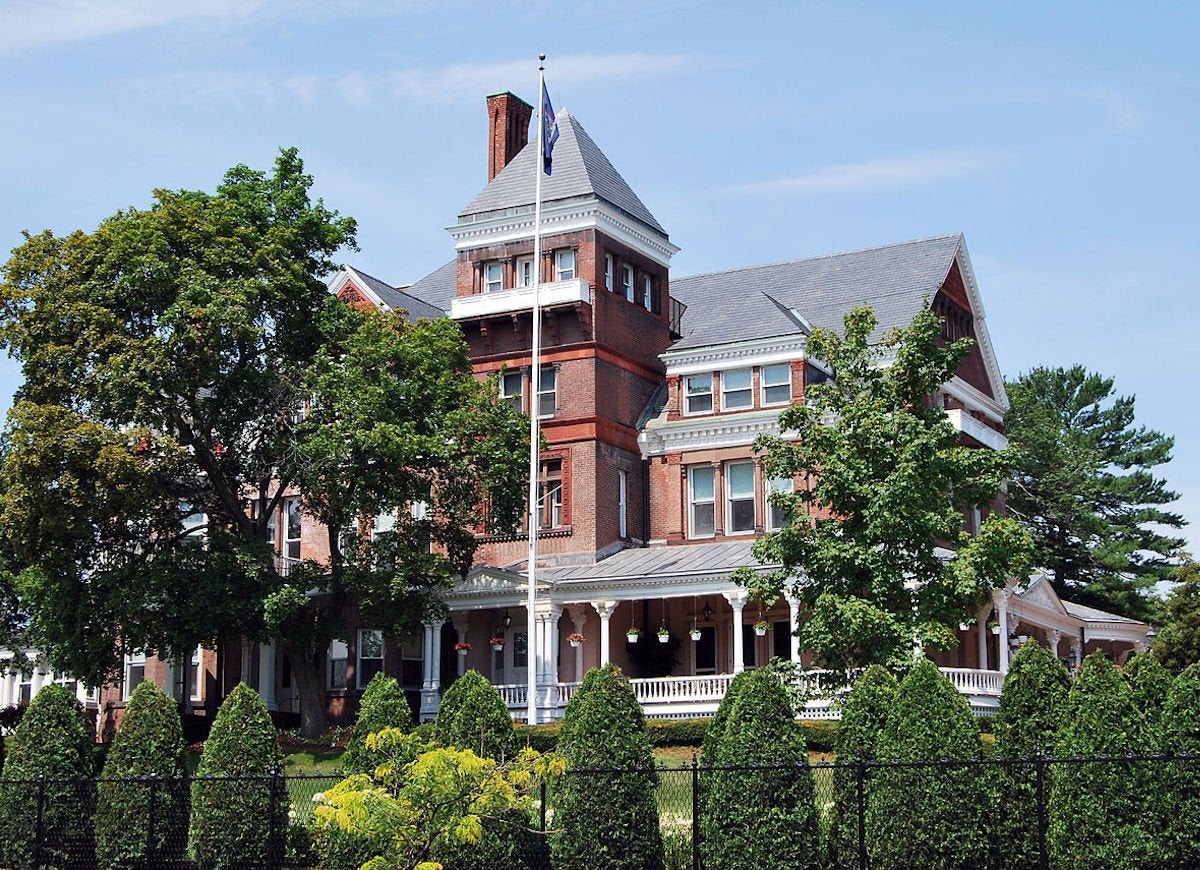
Wikimedia Commons via Matt Wade Photography
Thirty-one governors have lived in this Italianate-style abode that sits on a lordly 10 acres, and each contributed to its current design. Most notably, Theodore Roosevelt built a gym, F.D.R. installed a swimming pool, and, perhaps most extravagant of all, Alfred E. Smith set up a zoo!
Related: Weird or Wonderful? 22 Homes That Are Anything But Ordinary
North Carolina Executive Mansion in Raleigh
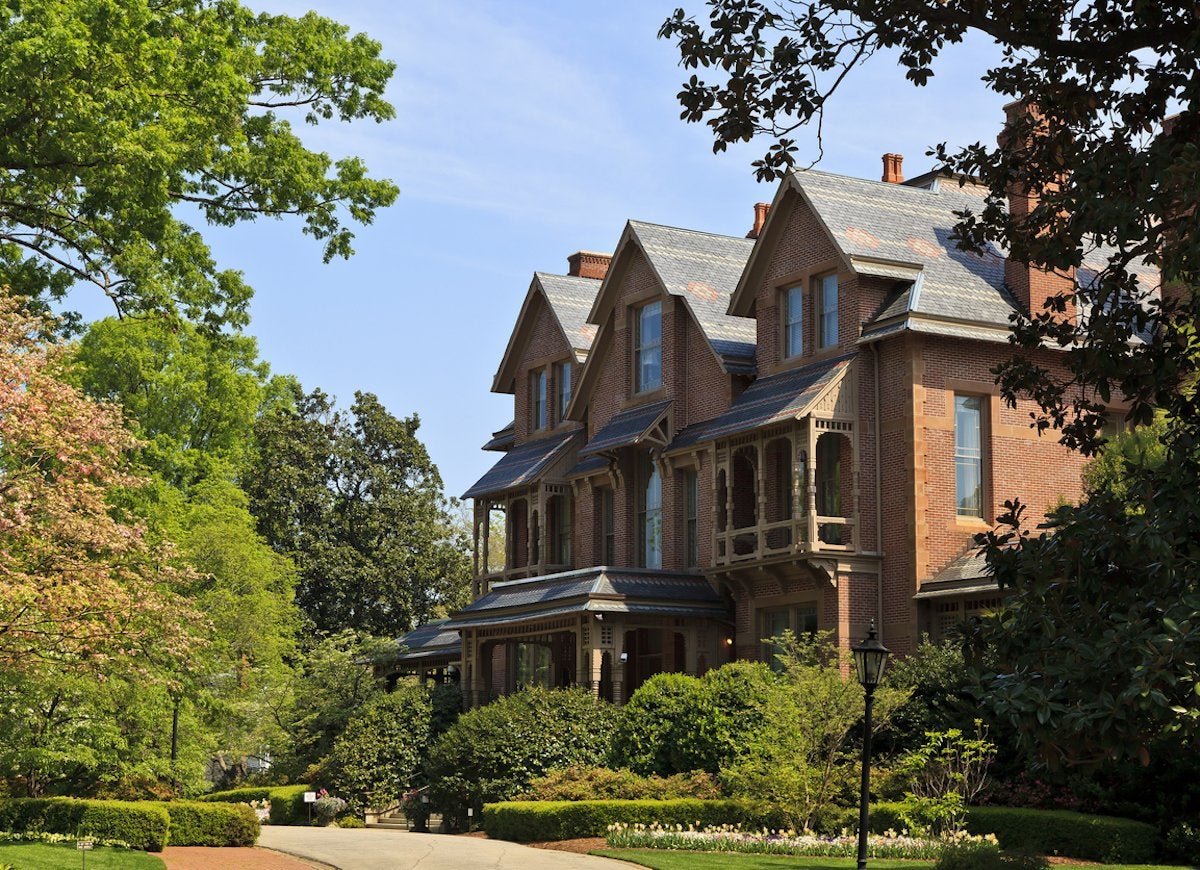
A quintessential example of Queen Anne-style architecture, the nine-acre residence of the North Carolina governor features a brick exterior, marble steps, and oak and heart pine finishes. But few know that many of these features were built by prisoners from nearby penitentiaries; in fact, some of the bricks on the sidewalk bear the names of the men who molded them.
Related: 14 Reasons to Love Exposed Brick
Utah Governor's Mansion in Salt Lake City
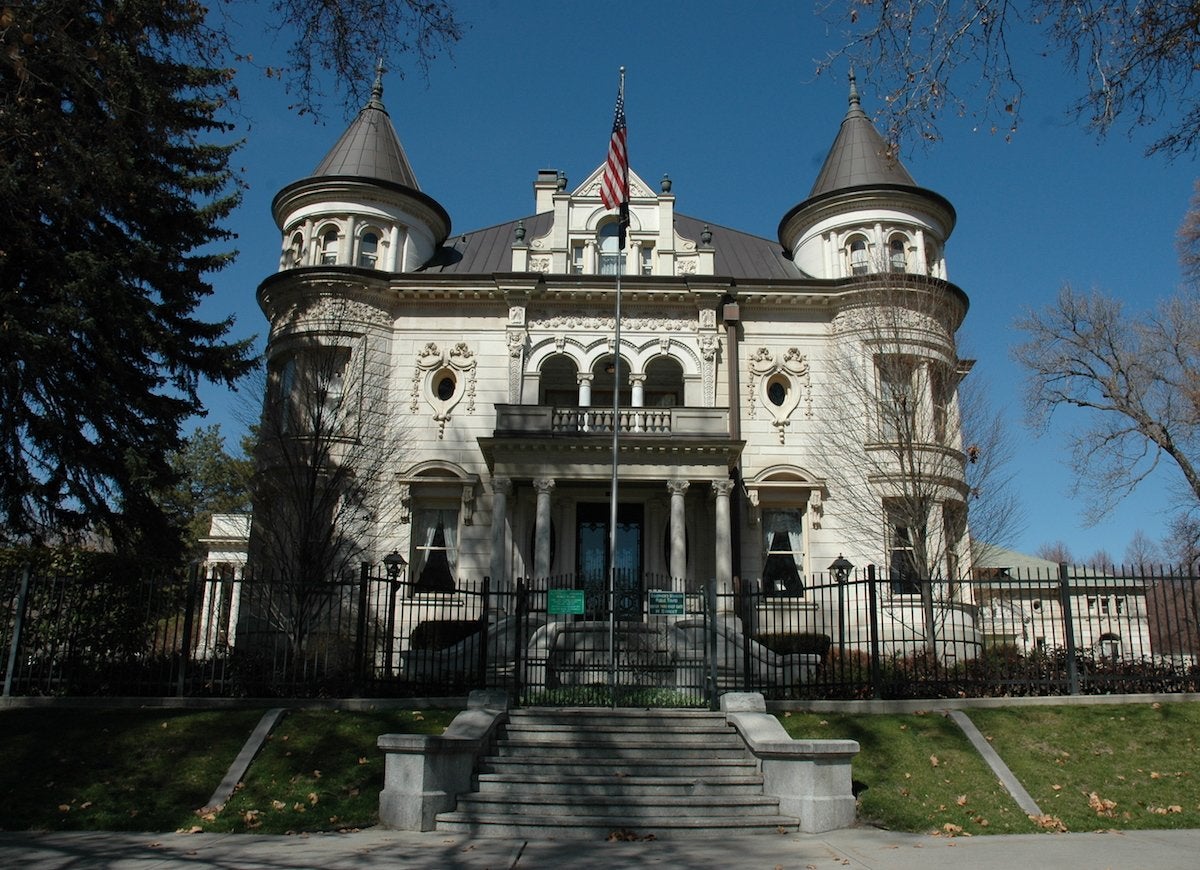
Wikimedia Commons via Tricia Simpson
As a successful banker, newspaper tycoon, mining magnate, and senator, Thomas Kearns set his sights on building a suitably grand home for himself and his wife, Jennie Judge. His efforts led to the construction of this stately residence, visited over the years by Theodore Roosevelt and other dignitaries. Decades after Kearns’s death, his wife donated the home to the state for use as the governor’s mansion.
Related: The 19 Most Photographed Homes in America
Executive Mansion in Richmond, Virginia
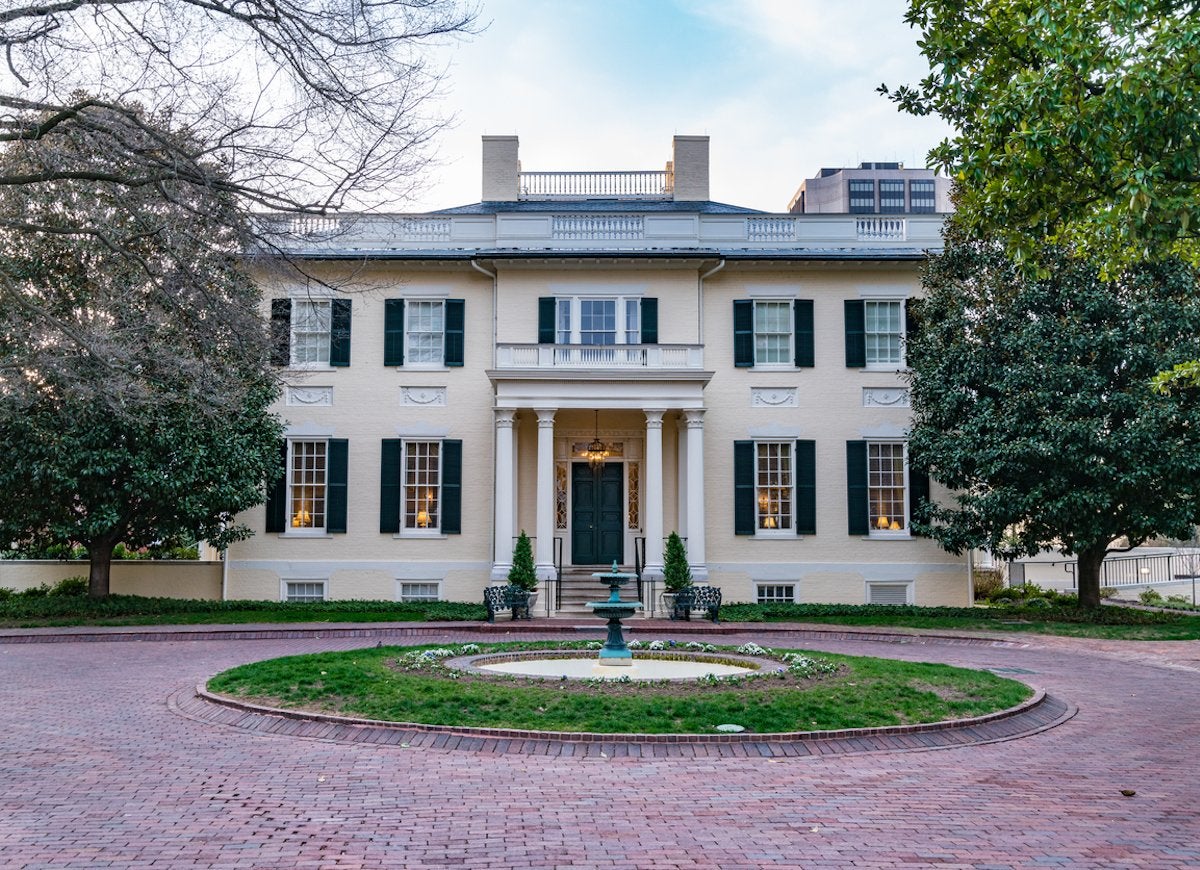
The oldest occupied governor’s mansion in the United States, this Federal-style dwelling has housed the Virginia governor since 1813. High-flying visitors like Queen Elizabeth II and Winston Churchill have visited the estate, and Tim Kaine delivered the televised Democratic response to the State of the Union from the grand ballroom of the manse in 2006.
Related: America’s 50 Most Exclusive Neighborhoods

Save Energy While Staying Cozy
Today’s energy-efficient space heaters warm individual rooms, so users needn’t heat unoccupied areas of the house. We tested the most popular space heaters on the market to find out which ones performed the best.
